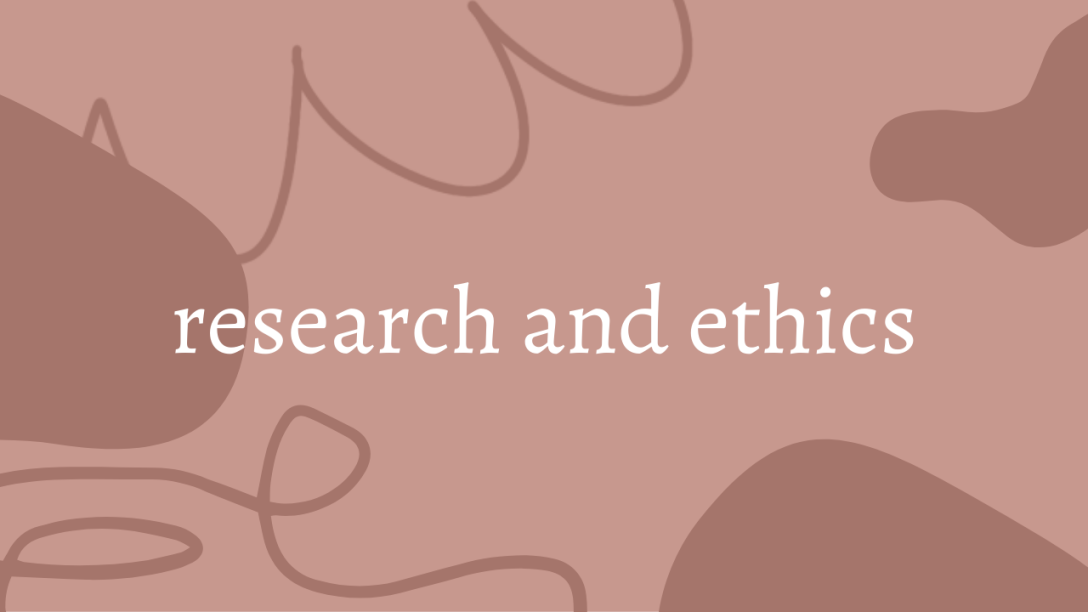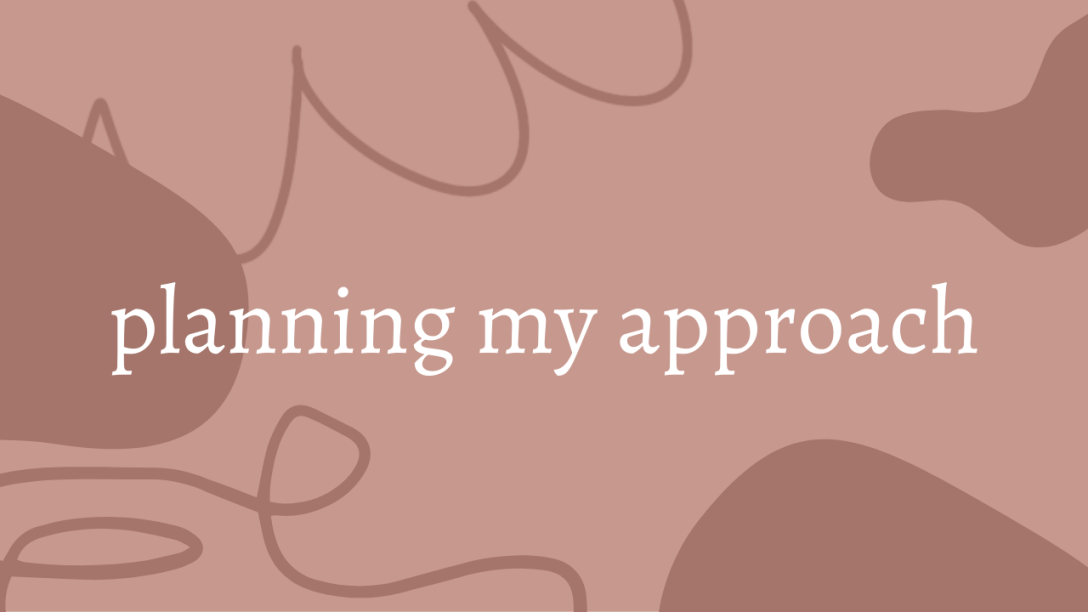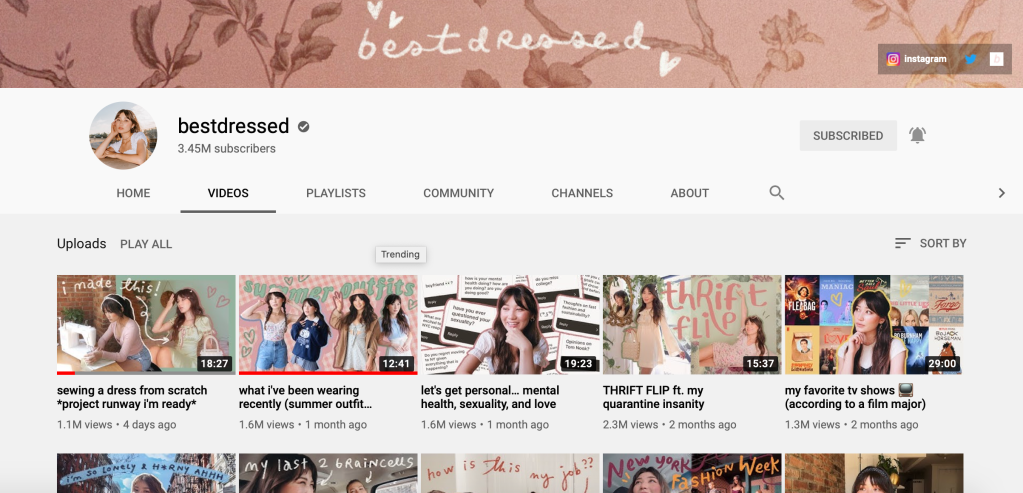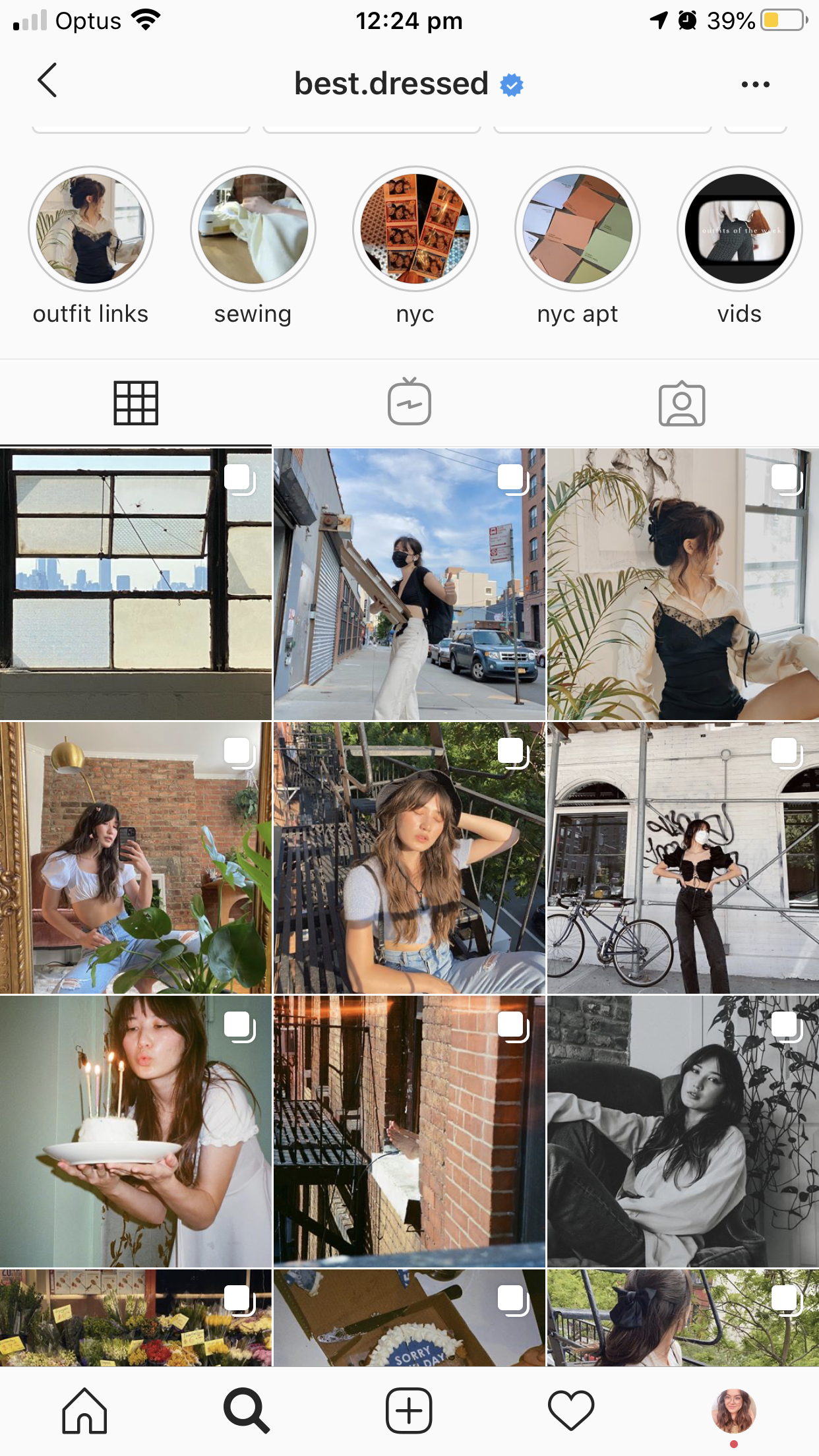BCM241 | Week 4
Ethically, how do I approach my research? Taking an auto-ethnographic approach I don’t require looking for permission from others, just myself. In terms of documenting which influencers I’m looking at and which videos – as their open and accessible on the internet which is kind of a “public domain” – I’ll be referencing all their work as well as I don’t intend to do anything unethically. I want to be able to write honestly and critically about myself and my experiences
A meta-ethnological study on “Women’s perceptions of their mental health and wellbeing during pregnancy” by BMC Womens Health used the tool of PEO (Population, Exposure, Outcome). They “refined search terms during a scoping process to search for qualitative studies on young women’s (P) experiences and perceptions (O) of their mental health and wellbeing (E) during and after pregnancy.” They followed a seven-step process of meta-ethnography (Getting started, Relivance to inital interest, reading the studies, determining how studies are related, translating the studies, synthesising the studies and expressing the synthesis)- key constructs were examined then translated into one another. The results ended in seven translated themes in their research among a group of women, were “identified forming an argument wherein mental health and wellbeing was analysed as relating to individual bodily experiences; tied into past and present relationships; underpinned by economic insecurity and entangled with feelings of societal surveillance.” There clear general statement in the young women’s experiences, because they were more complex than dominant narratives around overcoming adversity. They concluded that health and social care professionals need to reflect on the operation of power and stigma in young women’s lives and its impact on wellbeing. (Lucas, G, Olander, EK, Ayers, S & Salmon, D 2019) I looked at this study as it also dove into the ethnography of mental health – though I do believe for my study I wont be taking every step they took in their meta-ethnographic approach as mine is internal – autoethnography.
In an auto-ethnographic study done by Salma Siddique, she went into the field and interviewed women who were going through psychotherapy and the staff who were working amongst them. She had conducted her research on the women in crisis, and found herself empathising and identifying with the women, being spoken too as someone who was separate from the staff team who offered an objective perspective on what was happening at the project. She said “Auto-ethnographers are expected to be both aware of their role as researchers and to report that reflexively…. Given that the ethnographer spends a substantial amount of time ‘in the field’, in order to achieve a ‘thick description’ of cultural processes, he or she is able to generate a much more nuanced and detailed understanding than could be achieved merely through interviews... The ethnographer is also able to observe and note many episodes that might not be mentioned by an interviewee, such as the conversation on how to handle the assessment procedures that was reported in Fieldwork extract one“. (Siddique, S. 2011) This makes me think my initial though of just tracking myself and my mental changes – i have to go into the digital field and see how others are effected too.
Growing up in the age of social media its become the new normal, to see yourself in various forms online on various platforms. It becomes harder to illuminate your social media usage, if those around you don’t do the same. It’s a tangled relationship which can become a primary issue in many young peoples complex experiences with the role of technology and social media in their lives. In 2018 a Healthy Minds Study found that students with mental health problems were less likely to feel satisfied with their academics leading to lower levels of self- efficacy, less motivation, and less ambitious academic plans than their peers without mental health concerns. Social Media can be debated over and over on whether it impact positively or negatively on ones mental health, though many would say its the later its still a new evolving phenomenon. For women specifically this constant need to compare ourselves to a false reality online can be detremental to ones mental health. A false reality, a toxic positivety, suggests that young women should excel in all aspects of their lives all while maintaining ideal standards of physical appearances and social status. (Kaler, Stebleton and Potts, 2020) For my research I’ll be focusing on more so one person, myself – A 21 year-old, Australian born, multicultured young women – and how my social media use via lifestle ifluencers effects my mental health. And perhaps finding others in my cohort who have experienced changed in their mood due to social media and influencers.
References:
– Kaler, L., Stebleton, M. and Potts, C., 2020. “It Makes Me Feel Even Worse”: Empowering First-Year Women to Reconsider Social Media’s Impact on Mental Health. About Campus: Enriching the Student Learning Experience, 24(6), pp.10-17.
– Lucas, G, Olander, EK, Ayers, S & Salmon, D 2019, ‘No straight lines – young women’s perceptions of their mental health and wellbeing during and after pregnancy: a systematic review and meta-ethnography’, BMC women’s health, vol. 19, no. 1, p. 152.
– Mertens, Donna (2014) Ethical Use of Qualitative Data and Findings, The Sage Handbook of Qualitative Data Analysis (Edited by Use Flick), Sage: Los Angeles, 510 – 523.
– Siddique, S. (2011) ‘Being in-between: The relevance of ethnography and auto-ethnography for psychotherapy research’, Counselling & Psychotherapy Research, 11(4), pp. 310–316.







